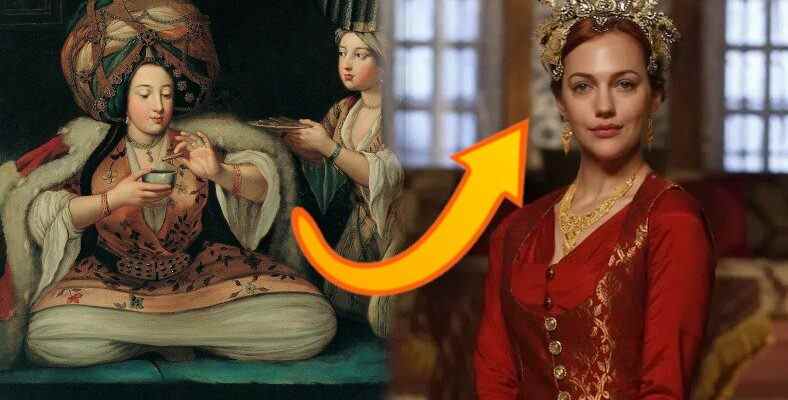Have you ever wondered about the truth behind the fact that we see sultans as overweight in portraits of many periods of the Ottoman Empire in history books, while we see them as thin in recent drawings and photographs?
For a long time, the Ottoman Empire ruled for 624 years. perception of beauty was equivalent to. The heavier a person was, the more beautiful or handsome he was. For this reason, portraits of sultans were also drawn in an extremely overweight manner. In reality, the sultans were overweight, but not as much as in the portraits.
Especially After the third quarter of the 1800s The perception of beauty in the Ottoman Empire began to be expressed weakly. Today, we will examine this change in the perception of beauty in the Ottoman Empire.
The sultans were actually overweight, but the portraits were added to look stronger.
Orhan Bey and Yıldırım Bayezid
Being overweight in the Ottoman beauty and power indicator Although the people in the portraits of sultans and statesmen depicted in the years when it was accepted as a nascent religion were considered overweight, most of the portraits were arranged with later additions. Normally, no sultan or statesman is that overweight.
It is rumored that in some portraits especially bone and flesh on the nose even added because at that time the nose was a symbol of power. There is a similar perception among the people in these periods. The heavier a woman is, the more beautiful she is, and men gain a lot of weight to be handsome.
Even though it takes years for the story to reverse, the same perception continues even today.
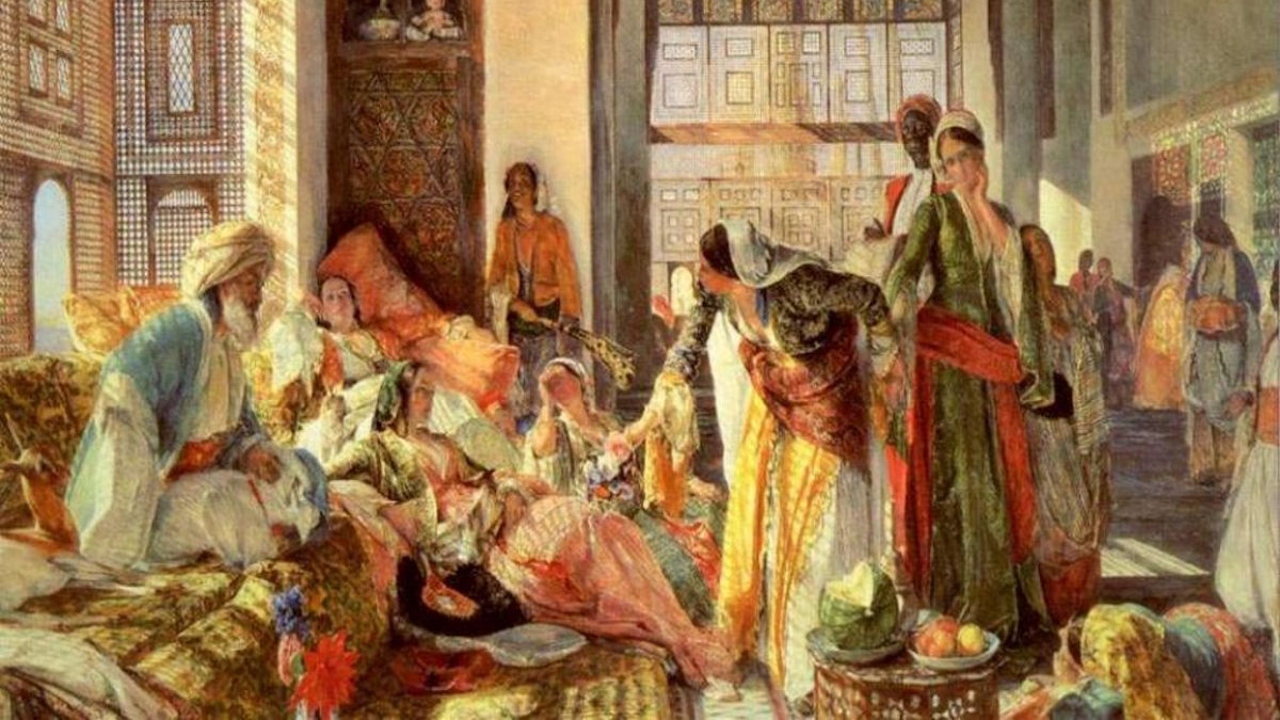
Especially in the third quarter of the 19th century, the perception of beauty first in the upper part and then in the public. from fat to thin evolved. Of course, this sharp change of opinion did not happen all at once, and there were various reasons for this evolution. Let’s get to the heart of the story now.
Although we do not find the pronunciation correct, the “White Slaves” changed the perception of beauty in the Ottoman Empire.
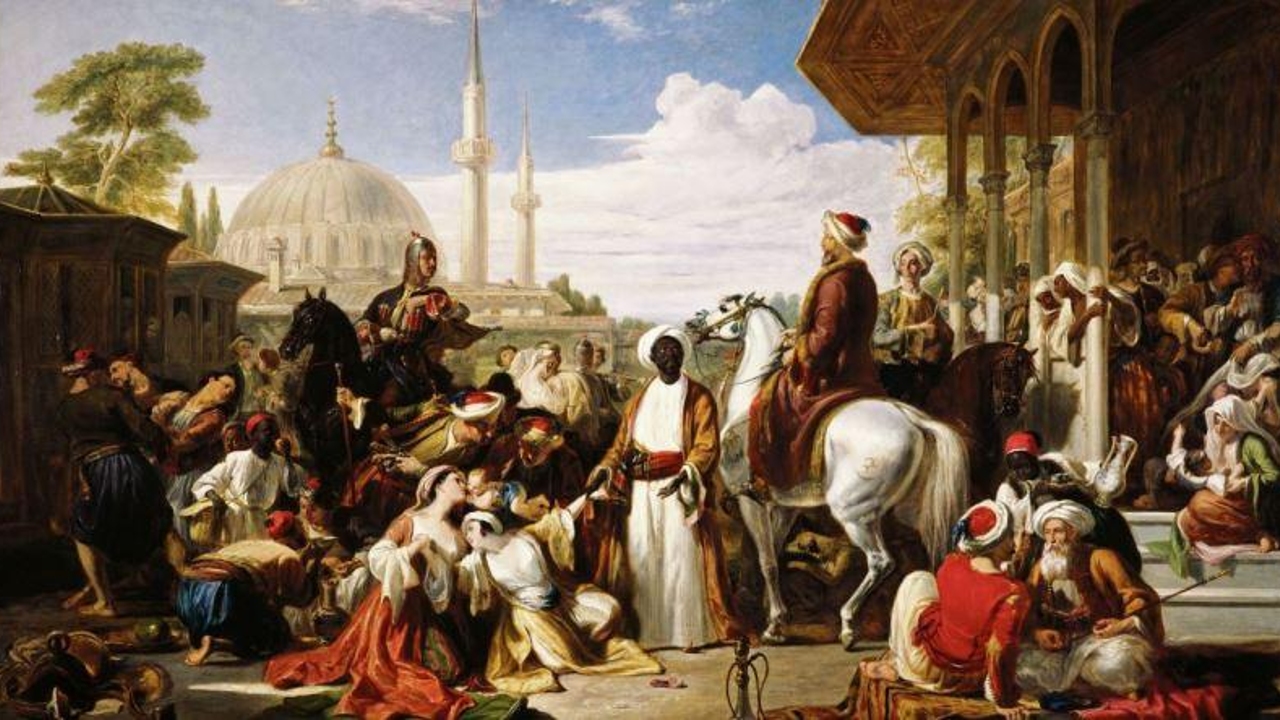
White Slaves You may not have heard the term before, which is natural because we are not a society that likes to use the word slave. We will also use the word “servant” instead of the word slave in our content, but in the essence of the subject, we will use the word “servant”. working as servants in wealthy Ottoman families We would also like to express that the term “White Slave” is used for people of Georgian, Circassian (Circassian), Abaza, Russian, Ukrainian and Kozak (Slavic Kazakh) origins.
There is a need for servants to work in the rich mansions as well as the servants working in the harem.
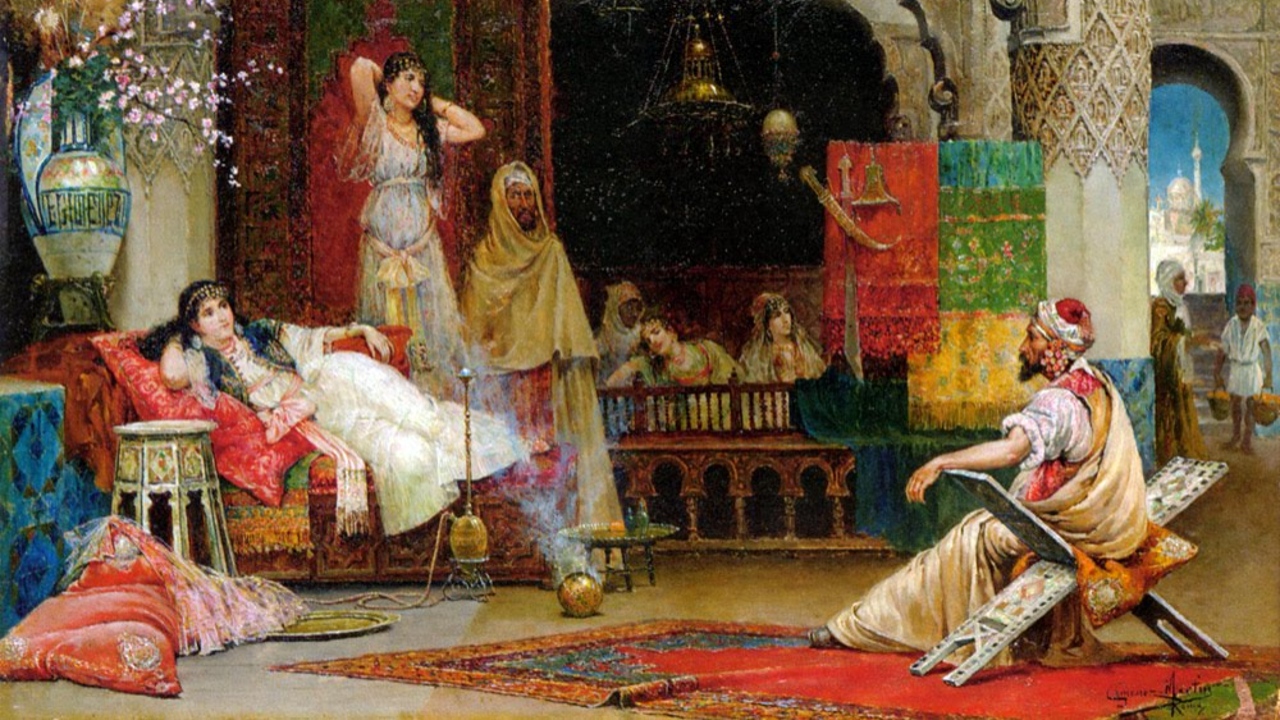
Just as we witness servants working in today’s mansions or gigantic houses; There was a need for servants in the houses of the rich in the Ottoman period, but Because of Islamic rules women could not work in someone else’s home.
The lack of servants to work in the homes of the rich were chosen from the races we mentioned above. There were several reasons underlying this choice. The most important of these reasons being non-Muslim and poor current quality of life.
Servants, working in the houses of Ottoman riches, both freed from bad living conditions They also made the transition to a regular life. Rich families continued their lives in the peace of protecting a man or woman in need.
When the servants came, they did not only bring their suitcases with them, they also carried their culture.
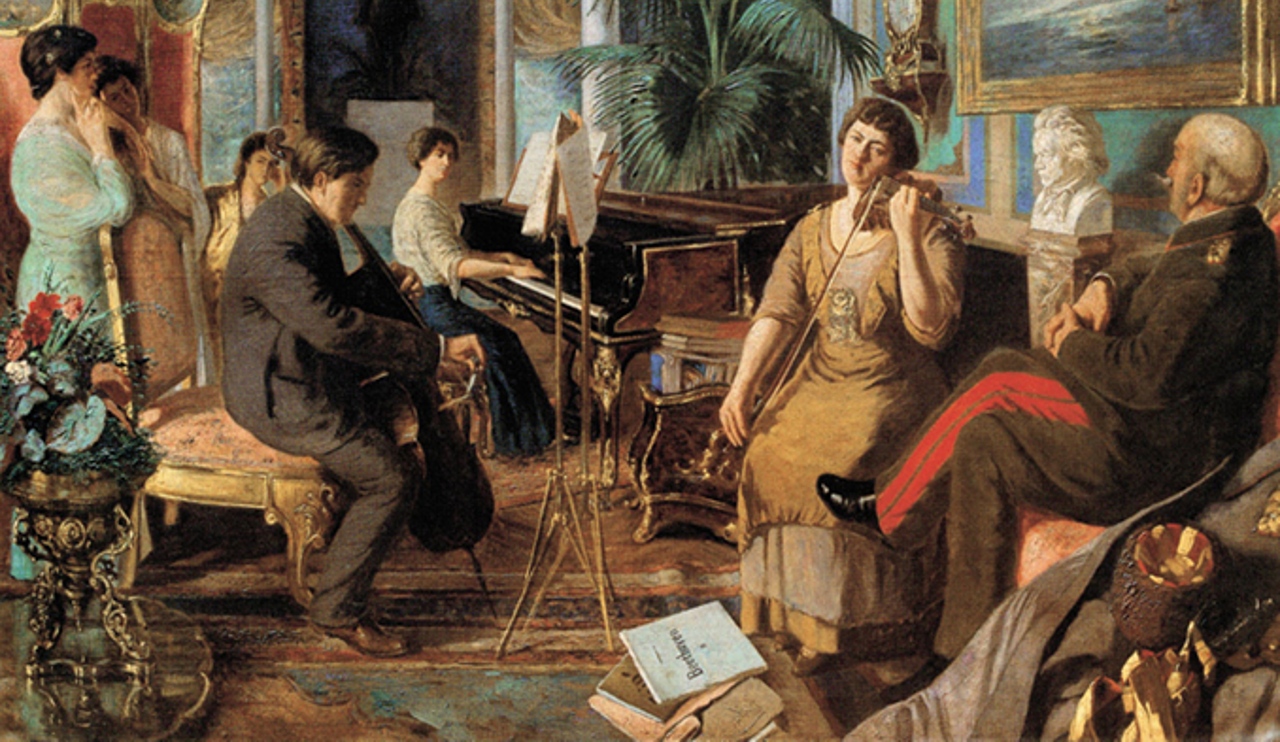
Female-dominated servants, according to the Ottoman in a more European environment they were trained. Their clothing and culture were more similar to those of the West, and in that process, Ottoman wealthy people were easily influenced by the servants, as the Ottomans were in a hurry to catch up with Europe.
The servants were fair-skinned, thin, and wore more modern clothes. Starting from this point, Ottoman women gradually began to be interested in the clothes of the servants. Of course, in order for women to wear those dresses they like, they need to both lose weight and they need to bend the hijab ruleshe was tired. Gradually, though not all of a sudden, Ottoman women weakened and relaxed the veiling rules in order to wear Western clothes. This change in the upper strata of the Ottoman Empire was reflected in the lower strata over time.
It is estimated that 15 million servants came to the Ottoman Empire.
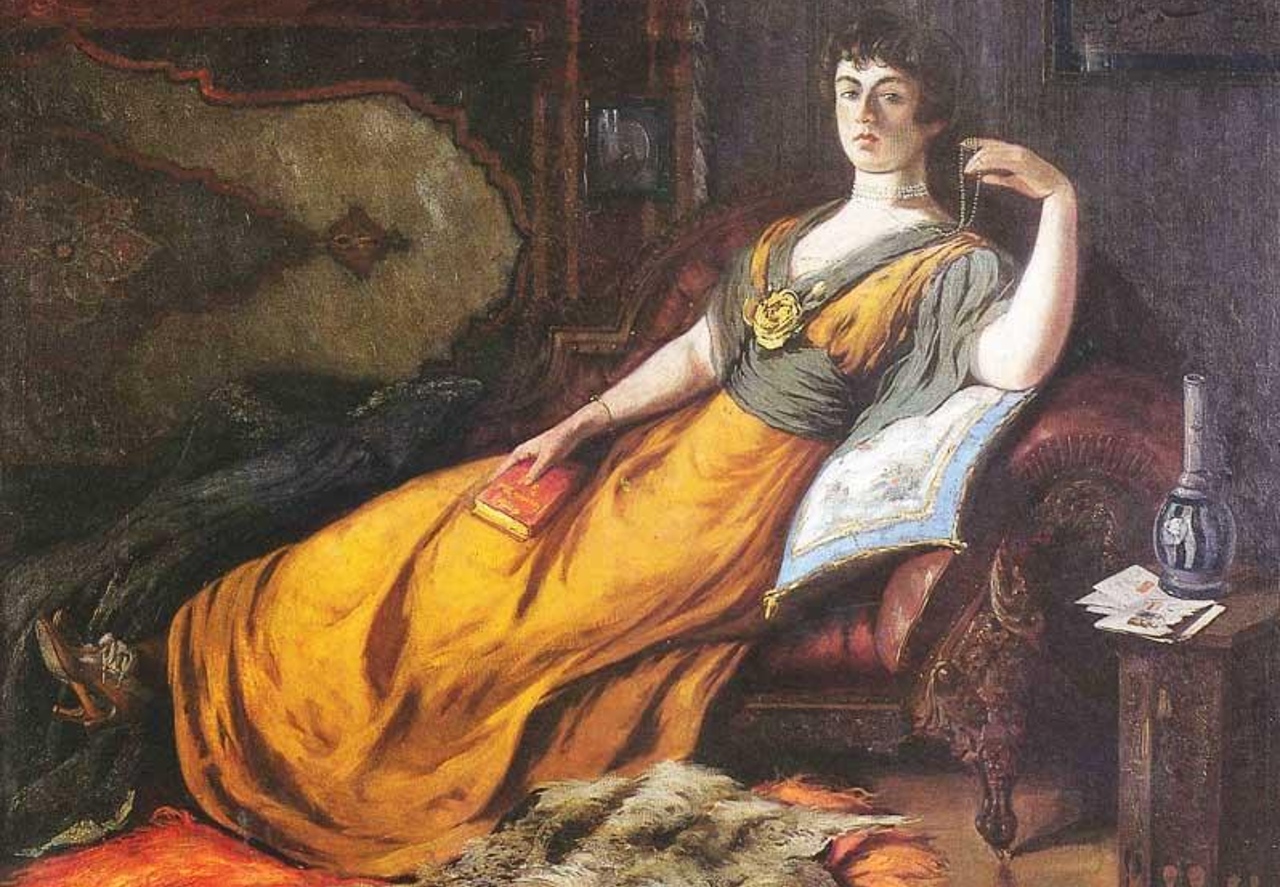
II. Abdulmecid’s wife of Circassian origin
Although it sounds like a bit of a number today, due to the good living conditions in the Ottoman Empire, up to 15 million It is assumed that the servant emigrated. Although the incoming servants were predominantly women and children, there were also men among them.
When the servants go to work becomes a muslim and even changing their names. While raising the children they brought with them here; those who were single married and continued their lineage.
The servants raised an enlightened youth by being a wet nurse and giving language training.
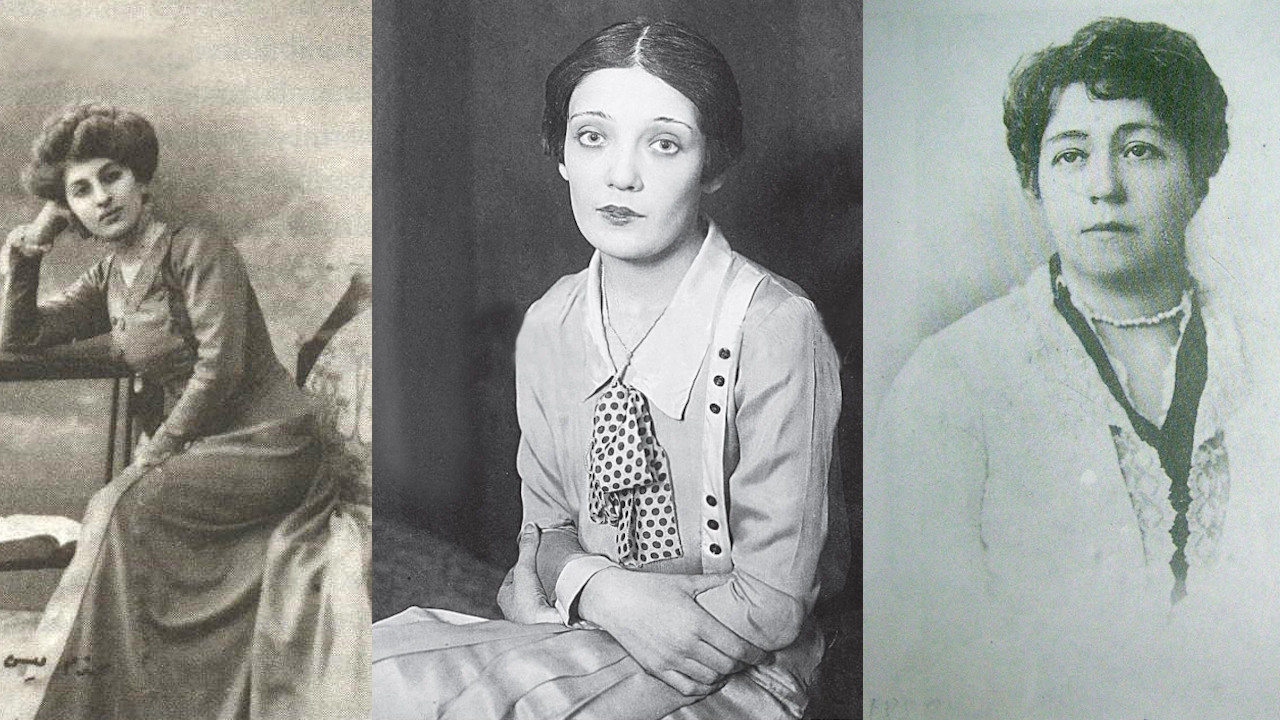
Halide Edip, Suat Derviş and Leyla Saz
While many servants wet nurse babies in the houses where they work; They also provided trainings that could affect the lives of children in later ages. At the beginning of these trainings language education was coming.
The pioneer women of the Ottoman Empire, whose name we all hear today Fatma Aliye Hanım Names such as (Topuz), Halide Edip Adıvar, Leyla Saz, Suat Derviş and Hayriye Melek Hunç are among the best examples of people raised by servants.
Among the servants, especially the Circassian women, there was a legendary beauty.
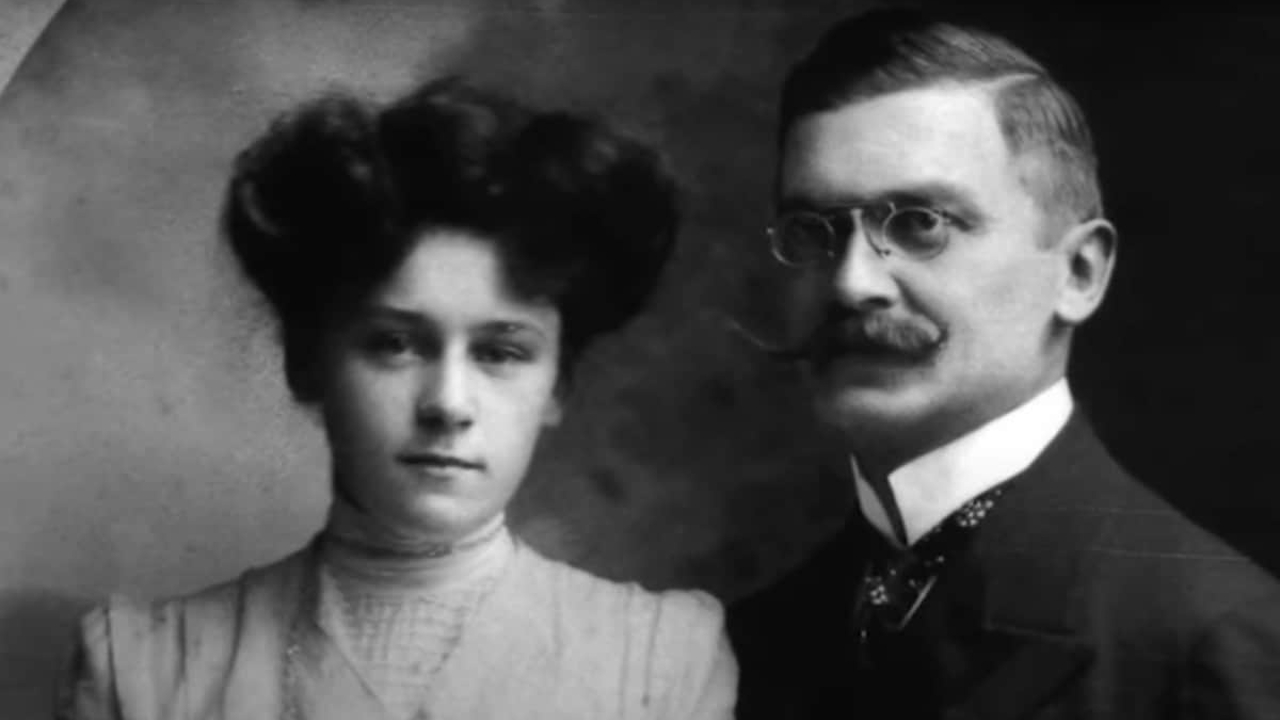
- It was announced by his sister, Rachel, that the British Prime Minister Boris Johnson had Circassian influence in his lineage based on the Ottoman Empire.
According to historical documents, a separate parenthesis is opened for the beauty of Circassian women among the servants. Circassian women stand out from other servants with their beauty, dress and cultural background, and even Circassian beauty It is assumed that the term derives from here. During this period, Circassian skin care products also attracted a lot of attention.
Although we mentioned it at the beginning, it is worth repeating; It’s not the slavery we have in mind
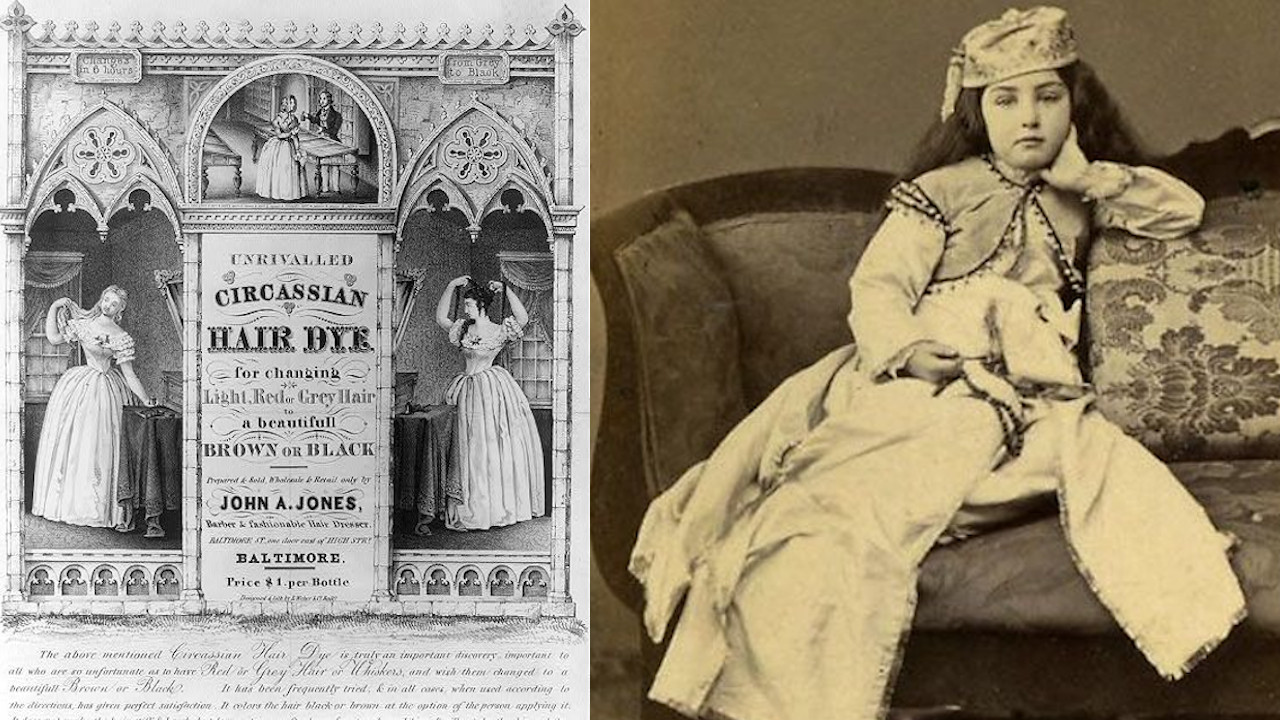
- A young Circassian girl in the Ottoman period and the emphasis on the beauty of Circassians by a company advertising hair products in 1843.
Although this event is called the White Slave in the literature, the slavery here has nothing to do with the slavery we have in mind. We can compare the situation here with the service industry, which continues today. Even today, professional companies are especially devoted to wealthy families. with women of Slavic origin operates in the service industry. Just as in the past, servants and nannies of Slavic origin continue to provide language and cultural education to children at home.
What about you, what happened in the Ottoman Empire? about the change in the understanding of beauty what do you think?
resources: Elbrus AKSOY, Sami AKBIYIK, 1, 2, 3, 4
